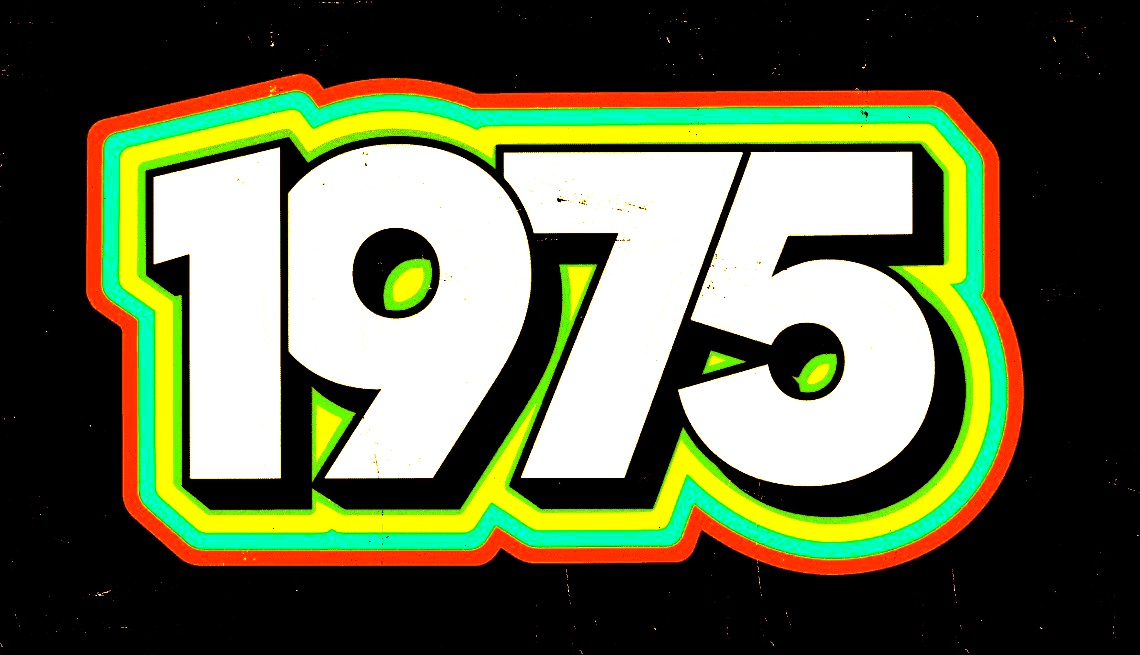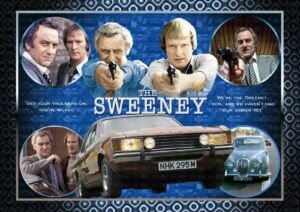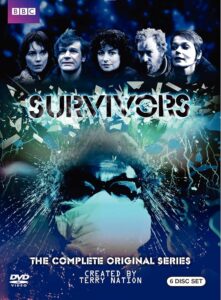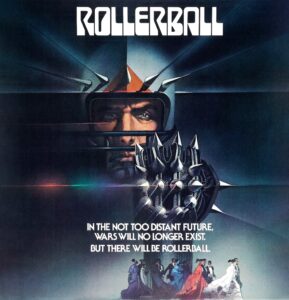
Looking back at some of the top pop culture pieces of 1975, it really doesn’t feel like half a century ago. I was too young to appreciate any of this at the time but during my teenage years in the 1980s, I came to view the 1970s as in many ways even better than the much-maligned decade I was then living through (critics of the ’80s seem to ignore or forget the fact that most young people alive then thought that it was the BEST DECADE EVER).
Focussing on 1975 is basically arbitrary – it was 50 years ago. I could just as easily have picked 1974 or 1976. A professional cultural commentator for much of my adult life, I once made the surprisingly naïve assumption that come the end of the 20th Century we would, as a culture, finally move beyond millennial fear and Y2K-style doom-mongering into a century flush with fresh possibilities. How wrong I was. Instead, pop culture – and many aspects of wider society – nose-dived into an orgy of recycling, re-hashing and, frankly, cannibalism. In the intervening quarter century, these trends have merely increased. In cinema, remakes, reboots and established franchises continue to be looted with ever-diminishing returns. When or even if this dismal parade ends is difficult to say. There are many notable exceptions, of course, but they are very much the exception, not the rule. Wasn’t it ever thus, you ask? Maybe. But I just know that we have lost something.

Whatever the case, I thought it might be instructive or even inspiring to remind ourselves of a few of the pop cultural highlights of 1975. As my TV and movie review series Hauntology & Dystopia is concerned with screens of various sizes, we’ll concentrate on those.
In 1975 television we got:
- The Sweeney: the first series of the hard-hitting cop show.
- Starsky & Hutch: wildly-successful US cop show.
- Doctor Who: Tom Baker’s first season as the fourth Doctor.
- Survivors: the first season of the post-apocalyptic drama which sees most of the global population wiped out by a man-made virus leaked from a Chinese lab.
- The Changes: a dystopian series in which a deranged society violently rebels against technology.
- Sky: a teen TV series in which a humanoid alien arrives on Earth to intervene in human evolution.
- Space 1999: Star Trek mastermind Gerry Anderson’s latest sci-fi series.
- The Invisible Man: classic US sci fi series.
- Wonder Woman: US superhero series based on the comic book of the same name.
- Shadows: UK supernatural television anthology series.
- Fawlty Towers: John Cleese’s perennial hotel comedy series.
- The Good Life: much-loved sitcom set in middle-class suburbia.

The big screen, meanwhile, was an embarrassment of riches: Jaws, One Flew Over the Cuckoo’s Nest, Dog Day Afternoon, Tommy, The Stepford Wives, Monty Python and the Holy Grail, French Connection 2, Rollerball, The Ultimate Warrior, Race With the Devil, Picnic at Hanging Rock, The Land That Time Forgot, Shivers, A Boy and His Dog, The Man Who Would Be King, The Ghoul, Legend of the Werewolf, and of course not forgetting (Slade in) Flame.

It’s hard to imagine getting all of that (and much, much more) in a mere twelve months in the current climate. One of the recurring themes in my aforementioned vlog series is the predictive power of pop culture past. Again and again I find vivid examples of how the TV and movies of decades gone by eerily foreshadow present events, generally in sci fi for example, although cop shows and comedies offer their own particular insights. It’s one of the reasons I believe we endure so many shallow ciphers, superficial re-treads and AI slop on our screens: in some significant yet obfuscated way, popular culture is a mirror onto our collective unconscious, speaking uncomfortable truths to the eternal questions of who we are and why we are here. The question then is, who – or what – would want to prevent us from knowing?
